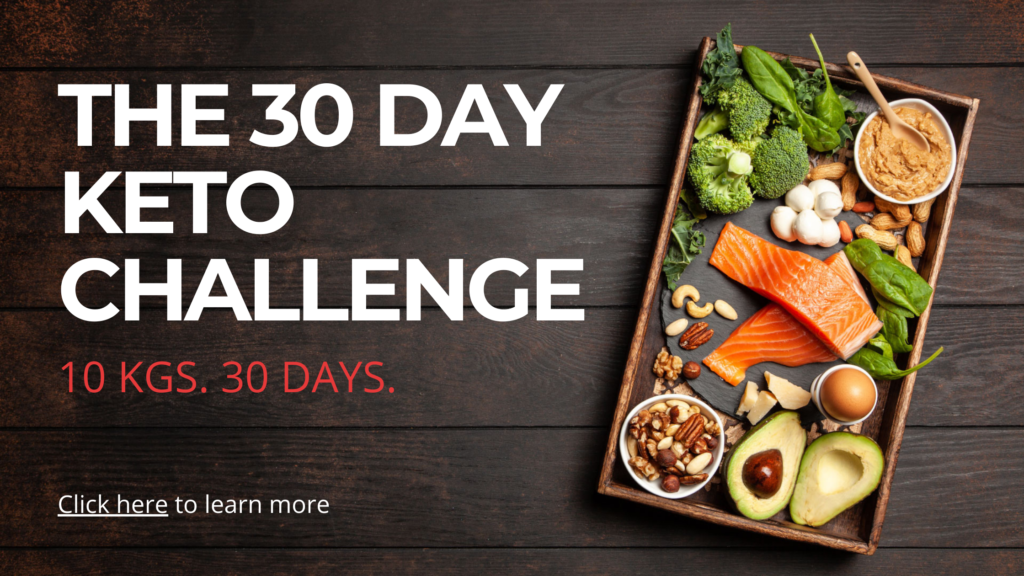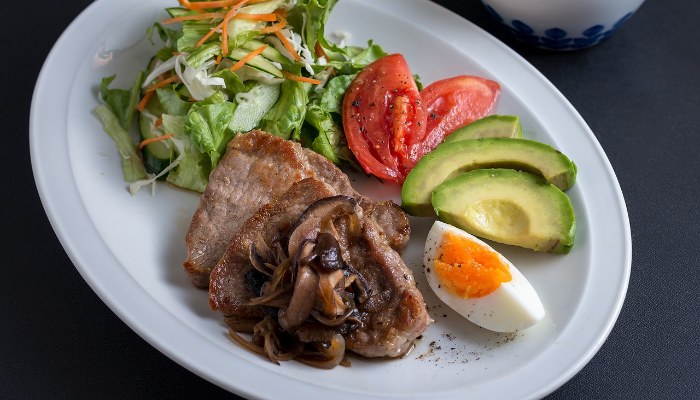Starting the ketogenic (keto) diet can bring many exciting benefits, including weight loss, improved mental clarity, and increased energy levels.
However, as with any significant dietary change, it is common to experience some temporary side effects during the initial transition to ketosis. These side effects, often referred to as the “keto flu,” can be uncomfortable, but they are typically short-lived and can be managed with a few strategies.
In this article, we will discuss the common side effects of the keto diet and provide practical tips to help you overcome them so that you can enjoy all the benefits of ketosis.
Common Side Effects of Keto
When you start the keto diet, your body undergoes a significant metabolic shift from burning carbohydrates (glucose) for fuel to burning fat (ketones). This transition can cause various side effects, which are often associated with the “keto flu.” These side effects may include:
- Fatigue: Many people feel tired or sluggish in the first few days or weeks as the body adapts to burning fat instead of carbs.
- Headaches: A common symptom, headaches can be caused by dehydration, electrolyte imbalances, or withdrawal from sugar and carbs.
- Dizziness: Dizziness is often linked to dehydration or low blood sugar during the adjustment phase.
- Nausea: Some people experience nausea or an upset stomach as their body adjusts to the new macronutrient ratios.
- Irritability or Mood Swings: The reduction in carbs can impact your mood, especially in the first phase of transitioning to a low-carb diet.
- Constipation: As fiber intake decreases with the reduction of high-carb foods, constipation can become an issue for some individuals.
- Muscle Cramps: Low levels of electrolytes, particularly magnesium, potassium, and sodium, can cause muscle cramps.
Though these side effects can be unpleasant, they typically only last for a few days to a couple of weeks as your body adapts to burning fat for fuel. Below are some effective strategies to help you overcome these keto side effects and make your transition smoother.
1. Stay Hydrated and Replace Electrolytes
Dehydration is one of the primary causes of many keto flu symptoms, including headaches, dizziness, and fatigue. The keto diet reduces the body’s insulin levels, causing kidneys to excrete more water and electrolytes, leading to fluid loss. To avoid dehydration:
- Drink plenty of water: Aim to drink at least 8-10 cups of water per day to stay hydrated, especially during the early stages of the keto diet.
- Replace electrolytes: The loss of electrolytes such as sodium, potassium, and magnesium can lead to muscle cramps, fatigue, and dizziness. Consider adding an electrolyte supplement to your routine or incorporating more keto-friendly, electrolyte-rich foods such as:
- Sodium: Bone broth, pickles, and salt.
- Potassium: Avocados, leafy greens, and mushrooms.
- Magnesium: Spinach, almonds, and pumpkin seeds.
- Consider adding a pinch of salt to your water or meals to help replenish sodium levels and improve hydration.
2. Gradually Reduce Carbs (Avoid a Sudden Drop)
Some individuals experience intense symptoms of the keto flu when they drastically cut carbohydrates too quickly. The abrupt change can lead to more severe symptoms such as irritability and fatigue. To avoid this:
- Taper your carb intake: Instead of cutting carbs drastically all at once, try gradually reducing your carbohydrate intake over a period of a week or two. This helps your body adjust more slowly to the new fuel source and reduces the shock to your system.
- Increase fat intake slowly: As you reduce carbs, gradually increase your intake of healthy fats like avocados, coconut oil, and olive oil to fuel your body.
3. Prioritize Sleep and Rest
Fatigue and irritability are common during the initial phase of the keto diet, and they can be exacerbated by insufficient rest.
As your body adapts to ketosis, it’s important to get plenty of rest to allow your body to heal and adjust. Sleep also helps regulate hormones that control hunger, metabolism, and energy.
- Aim for 7-9 hours of sleep per night to promote recovery and combat fatigue.
- Take naps if needed to give your body time to recharge during the adaptation process.
4. Manage Sugar Cravings and Mood Swings
The reduction in carbohydrates, particularly sugar, can lead to cravings and mood swings as your body adjusts to burning fat instead of glucose. Here are some tips to manage cravings and improve your mood:
- Snack on keto-friendly foods: Keep healthy snacks like nuts, cheese, and avocado on hand to curb hunger between meals.
- Stay busy: Distract yourself from cravings by engaging in activities that keep your mind occupied, such as going for a walk or reading a book.
- Practice mindfulness: Meditation, deep breathing, or journaling can help manage irritability and stress that may come with the diet change.
5. Prevent and Relieve Constipation
A common issue for those starting the keto diet is constipation, which can result from reduced fiber intake due to the elimination of high-carb foods like grains, beans, and fruits. To alleviate constipation:
- Increase fiber intake: Incorporate high-fiber, low-carb vegetables into your meals, such as leafy greens, broccoli, cauliflower, and zucchini.
- Drink plenty of water: Staying hydrated helps prevent constipation by aiding digestion and softening stools.
- Consider a fiber supplement: If you’re still struggling with constipation, a fiber supplement like psyllium husk or chia seeds can help.
6. Take MCT Oil and Consider Supplements
To provide your body with an immediate source of energy during the transition to ketosis, consider adding MCT oil (medium-chain triglycerides) to your diet.
MCT oil is quickly converted into ketones, helping your body adapt more smoothly to fat-burning. It can be added to coffee, smoothies, or salad dressings.
Additionally, consider taking supplements to support your keto transition:
- Magnesium supplements can help prevent muscle cramps and support overall health.
- Exogenous ketones may provide a boost in ketone production, which can help your body transition into ketosis more quickly and reduce symptoms of the keto flu.
7. Exercise Moderately
Exercise can actually help you overcome some of the symptoms of the keto flu. Light exercise, especially walking or low-intensity cardio, can increase blood circulation, promote better hydration, and boost your energy levels.
However, avoid high-intensity workouts until your body fully adapts to ketosis, as intense physical activity can lead to further fatigue during the early stages.
8. Give Your Body Time to Adapt
The most important thing to remember when starting the keto diet is that your body needs time to adjust.
The side effects of keto, such as fatigue, headaches, and cravings, are temporary and should subside within the first few weeks as your body becomes fat-adapted.
Be patient with yourself and give your body time to transition into ketosis. Most side effects will subside as your body becomes accustomed to the new way of eating.
Conclusion
Although the keto diet can be highly beneficial for weight loss, energy, and overall health, the initial side effects can be uncomfortable.
By staying hydrated, replenishing electrolytes, gradually reducing your carb intake, getting plenty of rest, and managing your mood and cravings, you can make the transition to keto smoother and more manageable.
Remember, the keto flu is a temporary phase, and once your body adapts to ketosis, you’ll begin to feel the full benefits of the diet.


